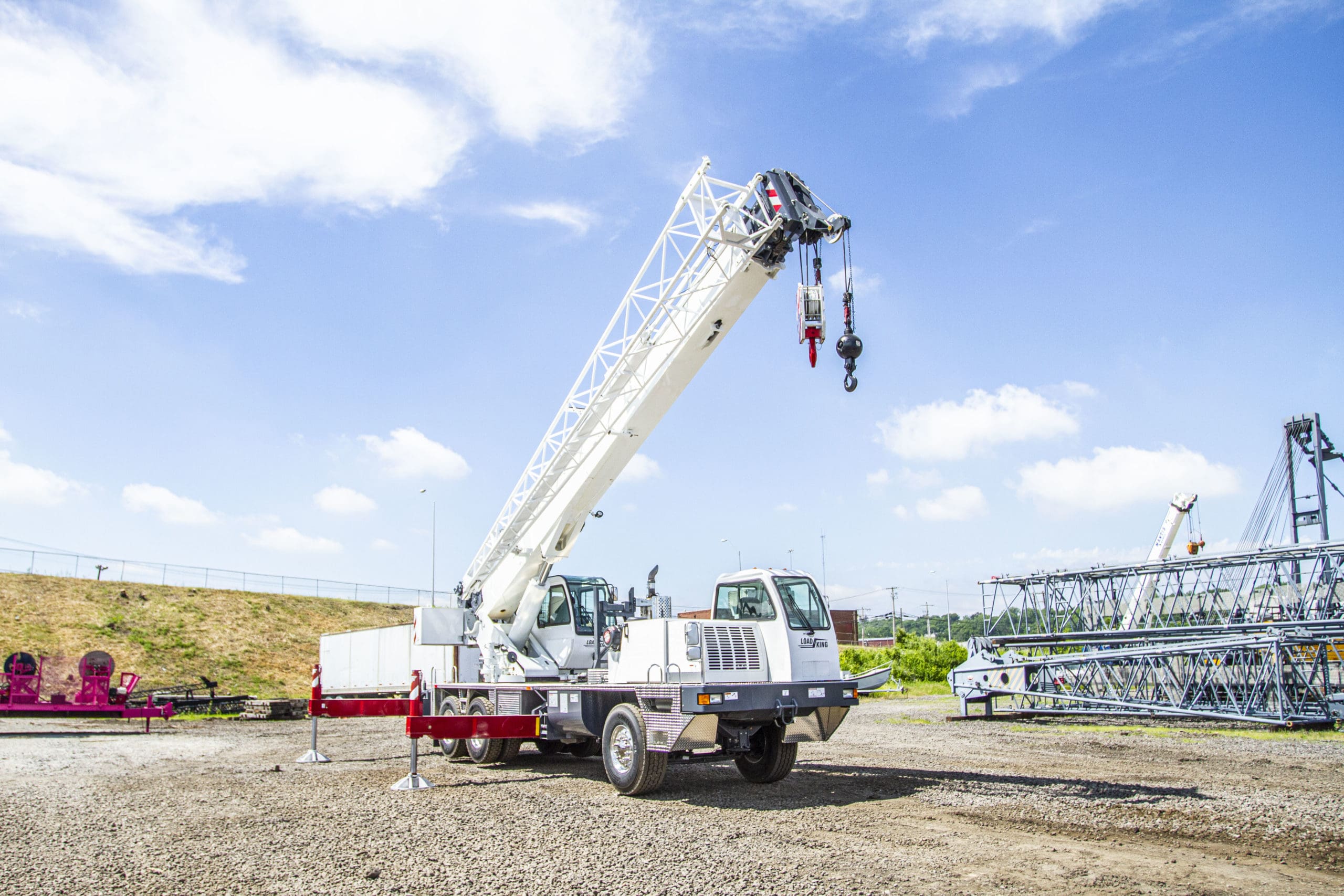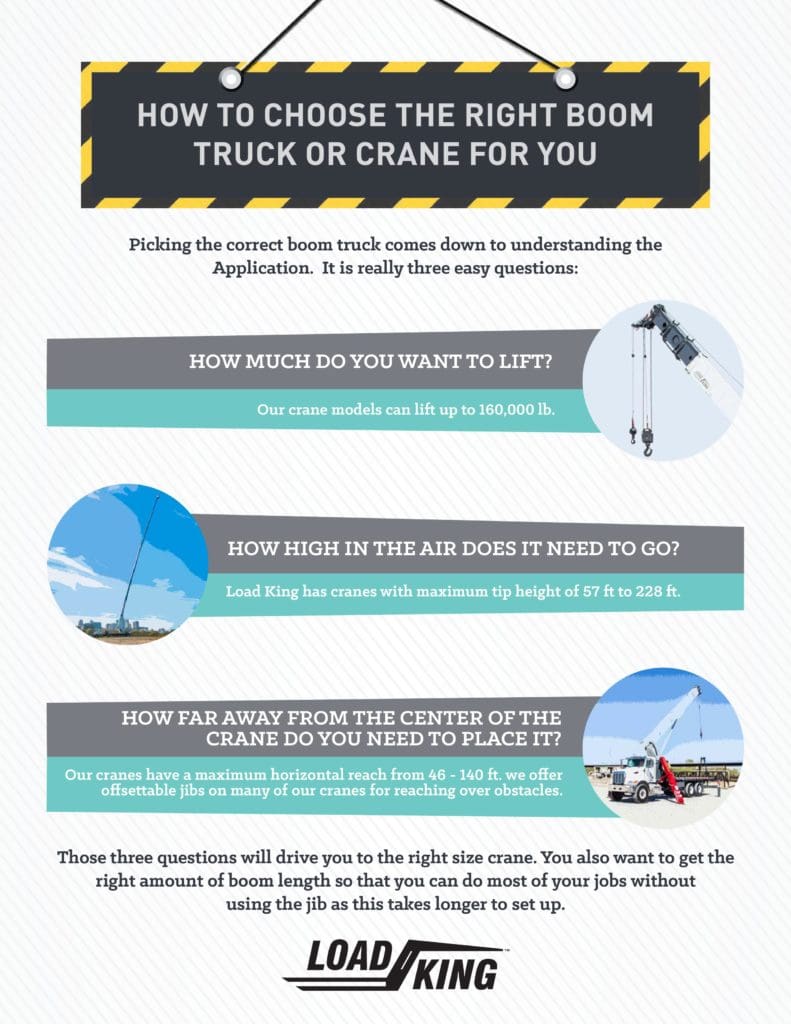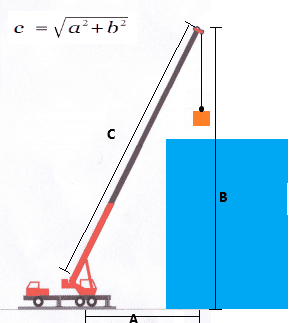
Whether renting, leasing, or purchasing a crane, the number of options available to you can be overwhelming. Don’t worry, there are some simple ways to narrow down your search. Like most things, what will lead you to the right answer is asking the right questions. Read below for the questions you should ask yourself while trying to find the right crane for you and your business.
What type of crane do I need?
In order to make this determination, we need to first define the types that are available.
- Crawler Cranes – These have tracks, allowing them to navigate easily throughout a job site, even while carrying a load. They are ideal for jobs that require long, vertical reaches, high-capacity work, or long-term work.
- All-Terrain Cranes – All-terrain (AT) truck cranes are able to travel at speed on public roads as well as on rough terrain job sites. That makes these well-suited for both on and off-road construction and industrial projects.
- Rough-Terrain Cranes – Like their name implies, these are built to traverse rough and uneven terrain. This offers versatility for use on work sites, however, their low speed typically restricts their driving capabilities to the work site only.
- Tower Cranes – Tower cranes are commonly used in the construction industry. They sometimes rise hundreds of feet into the air and can reach out just as far, so they will typically be used at any major construction site.
- Truck Cranes – Truck cranes offer superior mobility and versatility while still having impressive lifting capacities.
Once you’ve narrowed down the type of crane that should be part of your fleet, the question of size comes into play. Check out our graphic that breaks down the three things to ask regarding the size of the crane you’ll need. And read further for a deeper dive into each of these essential queries.
How much do I need to lift?
Not considering any one particular job, think about the types of markets the crane will apply to. Are there lifts where you are routinely renting a crane, and want to bring those in-house? You should always remember that you can send a larger crane to pick smaller load, but the opposite will never work. Also take into consideration the type of rigging equipment that is necessary: blocks, spreader bars, straps, etc. as these must be counted in the total load.
How high in the air do I need to go?
The necessary boom length is actually the function of this question and the following one, but it is easier to understand one at a time. Working around residential housing requires a different tip height than working on cell phone towers. Small commercial buildings up to five stories are quite common, requiring at least a 70 foot tip height to allow for rigging and handling. Man-basket work is also quite common and working heights continue to grow. Nearly all cranes can be equipped with a jib or lattice inserts to increase working height, however this usually adds time to the setup and tear-down of the crane, and any terrain issues make erecting the jib difficult. The point is to try to do as many jobs as possible on the main boom, saving the jib for unique situations.
How far away do I need to lift or place the load?
This is the second part of the question that helps with boom length. As the load moves further from the centerline of rotation, the amount of leverage increases. Hold your beer out at arm’s length for a while, and you will see what I mean. Higher boom angles are more efficient for lifting. The longer the boom, the higher the angle when lifting at the same radius. Many cranes have some capacity at low boom angles, especially a knuckle-boom loader, but most cranes take advantage of the higher boom angles to lift.
Once you answer these questions, you can roughly judge the size of crane you need. Keep in mind that a 50-ton crane would almost never be used to lift 100,000 pounds, because the radius is so close to the crane as to make it impractical. You will need to gather some load charts for the target class of crane and use the values from the three questions above to see what minimum specification you will need.
This may sound a little complicated, but you don’t need to be an expert or do this all on your own. At Custom Truck One Source, we have a knowledgeable crane team that’s available to help you with each step along the way.



